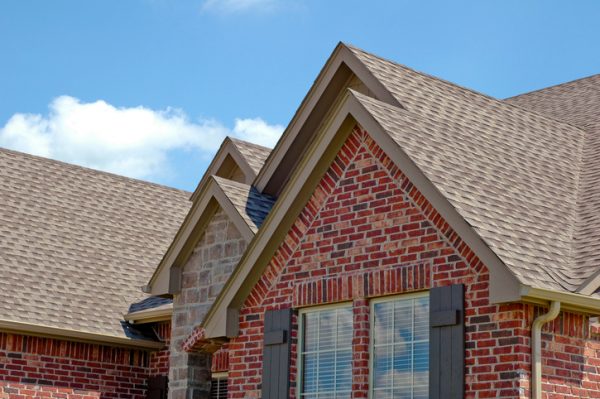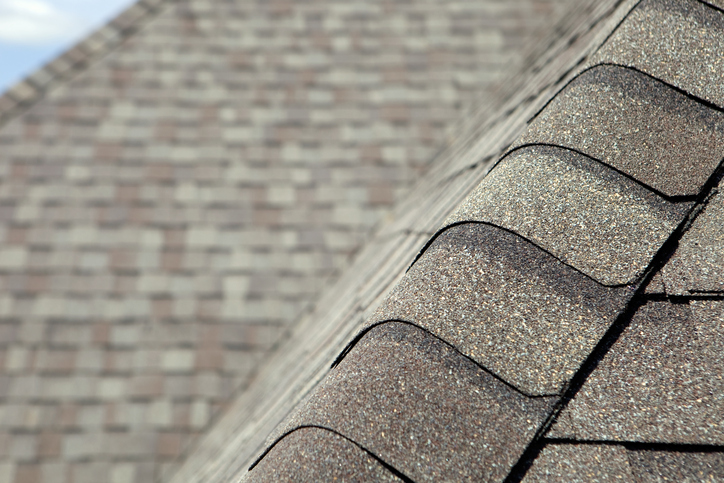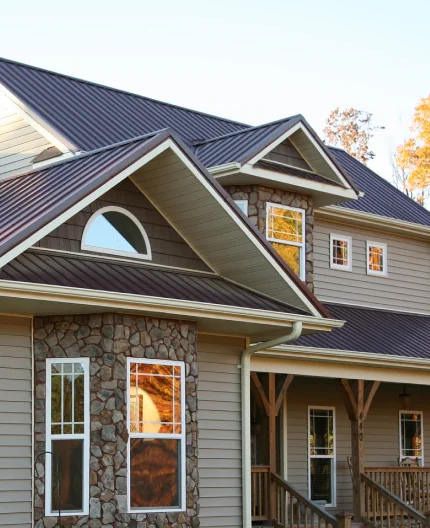The Lifecycle of a Shingle Roof
Published on Thursday November 1, 2018
A roof replacement is a major investment – one that most homeowners go through at least once. So, it’s natural to wonder how long you can expect your shingle roof to last.
While there is no set formula for a roof’s lifespan, most manufacturer warranties guarantee asphalt shingles for anywhere from 15 to 30 years. Why the huge span?
“Actual roof system lifespan is determined by a number of factors, including local climatic and environmental conditions, proper building and roof system design, material quality and suitability, proper application and adequate roof maintenance,” notes the National Roofing Contractors Association (NRCA)
The fact is, from the moment a new roof is completed, it begins to age. A home’s roof is exposed to harsh environmental conditions and constant weather woes.
Sunlight, wind, moisture from rain, hail, snow, and physical threats such as falling tree limbs, stray soccer balls, and even wildlife like squirrels and birds can all cause premature aging of a roof system.
So, how long does a shingle roof last? To get the most out of your investment, it helps to understand the three main stages in the lifecycle of a shingle roof.
The lifecycle of a shingle roof

Stage one: New roof
The new roof phase generally lasts for about two years and begins as soon as the last shingle is nailed in place. This stage in a roof’s lifecycle is a period of rapid aging, at least initially. This period is also known as the curing phase.
For up to a year or so after installation, homeowners might notice some significant granule loss, curling along the edges of some shingles (particularly during a cold weather spell), and even minor blistering.
Don’t worry: this is perfectly normal and temporary as the new roof adjusts to the harsh environment and weather conditions it is constantly subjected to. As long as the roof’s integrity is sound and there are no leaks, there’s no real cause for concern.
Stage two: Mid-life roof
After the initial curing phase, a shingle roof enters an extended period of aging slowly, which lasts for the major portion of the shingles’ natural life, typically between 12 and 15 years. Signs of normal aging include: minor granule loss, cracking, and other signs of weathering, but not in any significant amount that would be cause for concern.
What is important for homeowners to remember during this relatively quiet stage of a roof’s lifecycle is to keep up with roof maintenance. Regular inspections, either annually or biannually, and maintenance is critical to ensuring that all the various roofing system components are performing optimally and guarantee your roofing investment lasts a long time.
When inspecting your roof, you want to make sure your roof, gutters, and vent openings are clear of debris like leaves and tree limbs, and be sure to check for moss, mildew, or mold — a sure sign of moisture seeping into the surface of your roof.
Treat any affected areas with a roof moss remover spray or cleaner from your local hardware store. Or try this DIY version from This Old House. Look for and secure any lifted or loose shingles and give the flashing a quick scan and tighten any bolts, if needed.
Remember, small defects can lead to major repairs that can compromise the entire roofing system and make a major dent in your wallet. Even a warranty can’t protect a homeowner from shouldering the responsibility of an ill-maintained roofing system.
A warranty can be voided if there’s been extended neglect.
Stage three: old roof
After 12 to 15 years, a home’s roof is entering its declining years and the aging process generally accelerates pretty rapidly. It’s during this stage in a roof’s lifecycle that homeowners should start considering replacement.
“Sooner or later, every roof needs to be replaced, usually due to the long-term effects of weathering. If a residential roof is more than 20 years old, it is a prime candidate for reroofing,” says the Asphalt Roofing Manufacturers Association.
ARMA lists a few signs to determine if you need a new roof: cracked, missing or broken shingles, staining, blisters, excessive loss of granules, or exposed bald spots.
Replace your roof with Long Roofing
In general, a home’s roof system is a long lasting investment that will add beauty and security to your home for years to come.
However, the actual lifespan of a shingle roof depends on proper installation and maintenance, as well as the use of quality materials. Working with the experienced roofers at Long Roofing can go a long way towards ensuring that you get the most value out of your roof.
Contact Long Roofing at 844-602-LONG or visit us online to request an estimate. We build trust and peace of mind into every Long roof.
Interested in Long Home Products?
See our special offers now.
*Excludes labor. Subject to credit approval.
**Excludes labor. Subject to credit approval.
One-day installs contingent upon municipal rules and regulations.
By submitting a form, I authorize Long Home to contact me with information about its products and services via mail, email, phone and/or text at the contact information provided, even if I am on the national do not call list. Long Home may use automated telephone technology to initiate calls to its customers. Calls and in person estimates may be recorded for quality and training purposes.







